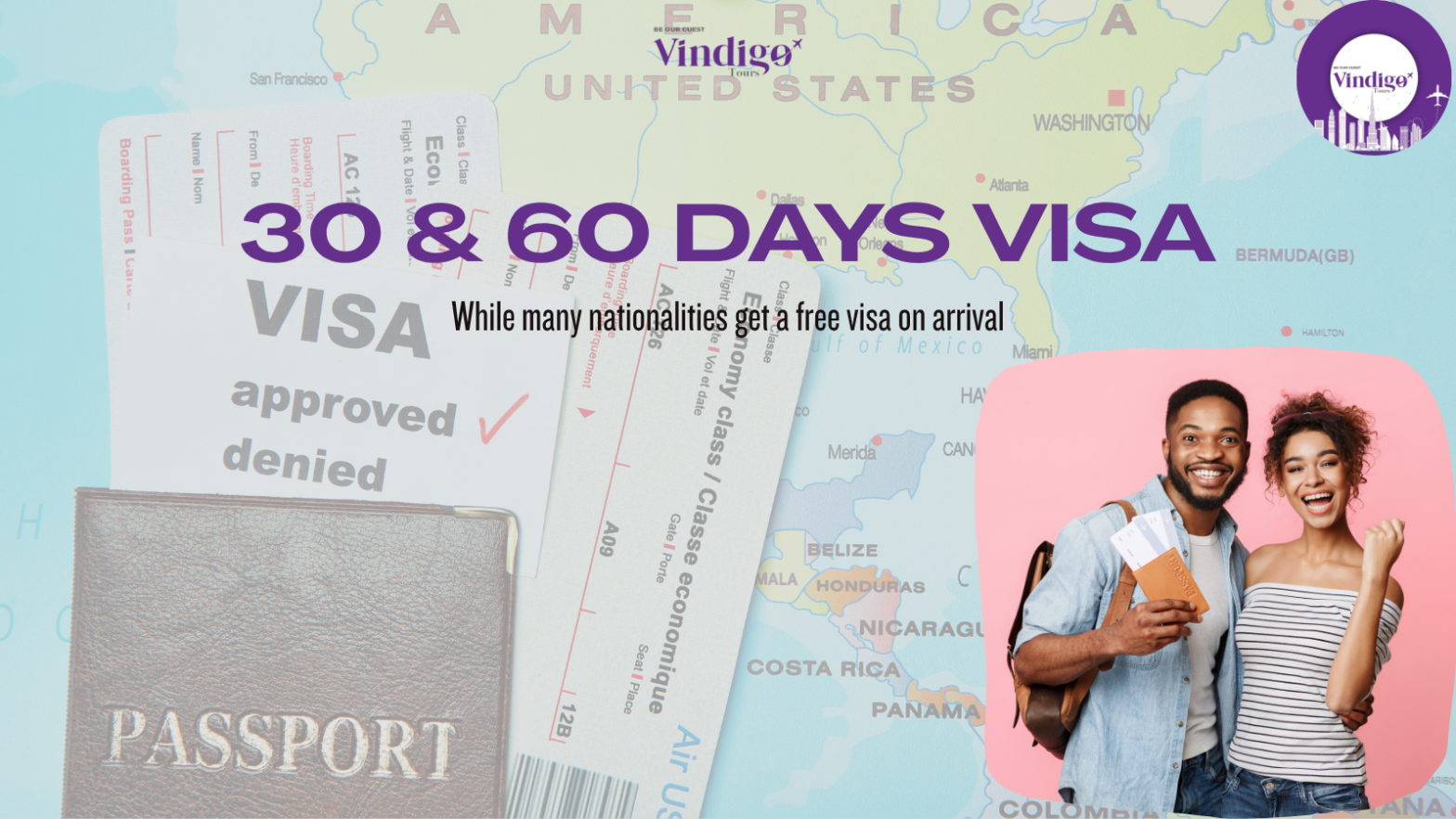Yes, many countries allow extensions:
India permits extensions under special circumstances (medical, business).
Turkey may allow extensions through local immigration offices.
Egypt can extend tourist visas for an additional 30-90 days.
However, overstaying can lead to fines or bans, so always check local regulations.
30-Day vs. 60-Day Visa: Which One Should You Choose?
When to Choose a 30-Day Visa
✔ Short vacations (beach trips, city tours).
✔ Ideal for short business engagements and corporate events
✔ Perfect for exploratory visits before long-term commitments
When to Choose a 60-Day Visa
✔ Slow travel (digital nomads, retirees, long-term tourists).
✔ Visiting family or friends (more time to spend together).
✔ Medical tourism (recovery periods may require longer stays).
Cost Comparison
30-day visas are usually cheaper.
60-day visas may have higher fees.

